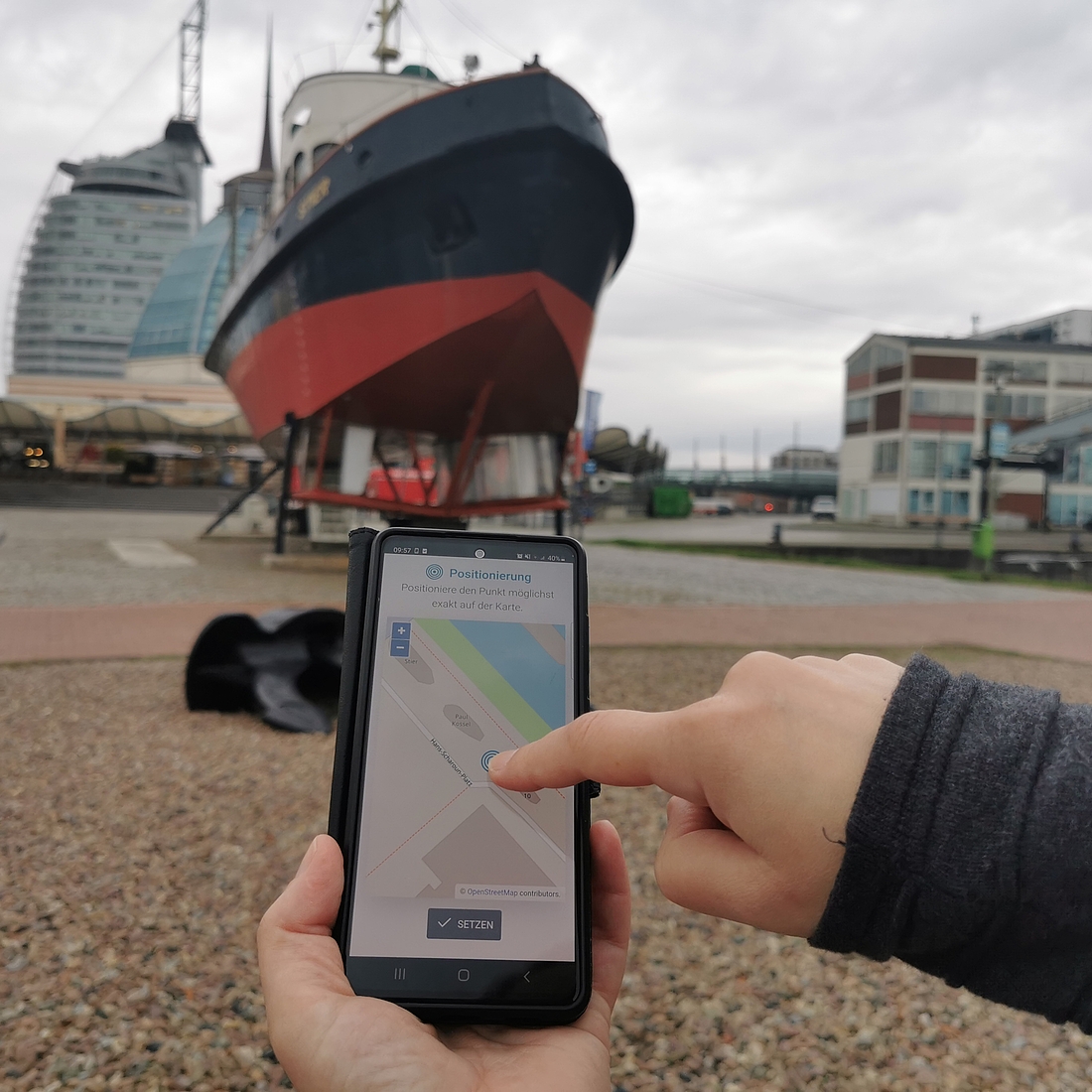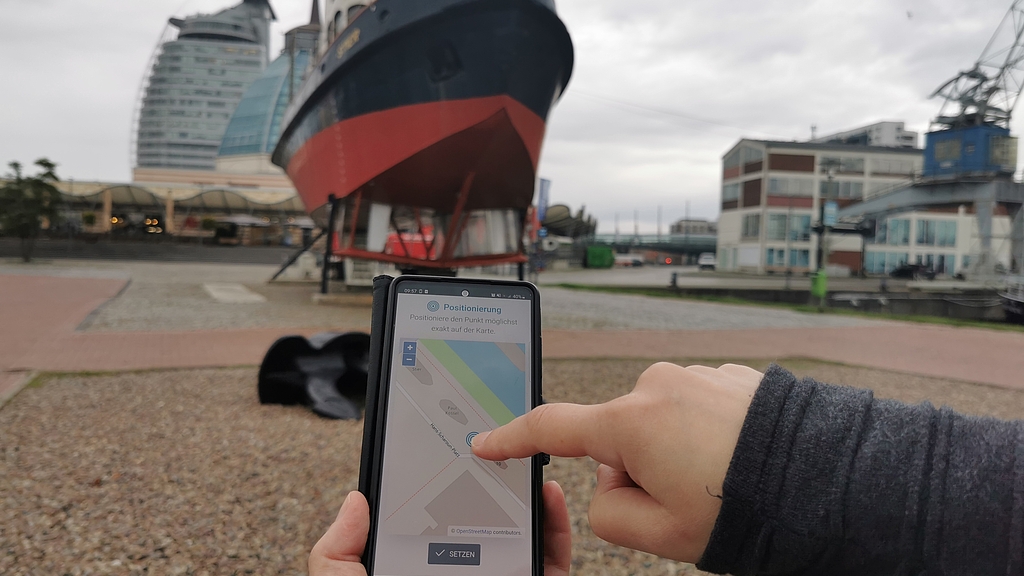New exhibition "SEH-STÜCKE - Maritime digitally discovered" gives museum guests X-ray vision
The new special exhibition "SEH-STÜCKE - Maritimes digital entdeckt" at the Deutsches Schifffahrtsmuseum (DSM) / Leibniz-Institut für Maritime Geschichte (Leibniz Institute of Maritime History) provides insights into the interior of 24 historical navigation instruments, medicine bottles, scrimshaws and finds from the "Bremer Kogge" by means of state-of-the-art technology. From October 20, in addition to the physical exhibits, their digital images can be viewed for the first time.
Who hasn't wished they could look through surfaces - into a ship's clock, for example, to understand how the cogs work together to measure time? Thanks to the new special exhibition "SEH-STÜCKE - Maritime Digitally Discovered," which will be on display in the Kogge Hall from Friday, October 20, 2023, through April 30, 2023, guests will also be able to look directly inside a can sextant, peer beneath the surface of artistically decorated sperm whale teeth, and explore the medicine pills of ancient ship pharmacies. X-ray images of the kind familiar from medicine or airport baggage checks, created with a 3D X-ray microscope at the MAPEX Center for Materials and Processes at the University of Bremen, provide these insights.
First, guests encounter the exhibition's 24 physical exhibits on the outer wall of an oversized black box. Inside the box, their digital copies - 3D models - float as holograms in the darkness. A media station provides in-depth information about each exhibit and explains the technology used. "We want to show how digital methods can help to better understand historical objects," says DSM Director Prof. Dr. Ruth Schilling. "Especially for delicate exhibits with filigree structures, CT and X-ray scans are very helpful. The images they produce are both illuminating and visually fascinating," Schilling said.
"With the help of the X-ray images, we have gained many new insights into the objects and also experienced many a surprise," adds Dr. Frederic Theis, curator, project coordinator and himself an expert on historical navigation and its instruments. "With the help of the digital copy of a complex marine chronometer, we understand its functionality much better on the one hand, and on the other hand, we can also use virtual 3D models to make these functionalities wonderfully vivid for our guests."
With the digital visual pieces, essential results of the joint research project "Digital Materialities. Virtual and Analogue Forms of Exhibition", DigiMat for short, will be made visible to the public and researchers. In this experiment, the DSM is cooperating with the MAPEX Center for Materials and Processes at the University of Bremen and the Leibniz Institute for Knowledge Media (IWM) in Tübingen, and it is funded by the Senate Committee on Science of the Leibniz Association. In a further step of the project, which aims to develop new exhibition and mediation formats for digital exhibits, museum guests will be asked about their exhibition experience in a survey.
"Through the digitization process, the museum objects lose their own materiality - but through the digital processing they gain new, previously imperceptible materialities, which we want to reveal here to the guests of the exhibition. Personally, I find this combination of material science and cultural heritage both fascinating and scientifically very promising," says Prof. Dr. Lucio Colombi Ciacchi, Professor in the Department of Production Engineering at the University of Bremen and Project Manager at MAPEX, University of Bremen.
The special exhibition is accompanied by a lecture and educational program. This includes several lectures in the series "Science goes Public" (at Yesterday, Bremerhaven) and "Wissen um 11" (at Haus der Wissenschaft, Bremen). In addition, short guided tours in the series "Highlight am Sonntag" are planned directly in the exhibition.
Special exhibition "SEH-STÜCKE - Maritime digitally discovered" on view from October 20, 2023 to April 30, 2024 in the Kogge Hall.
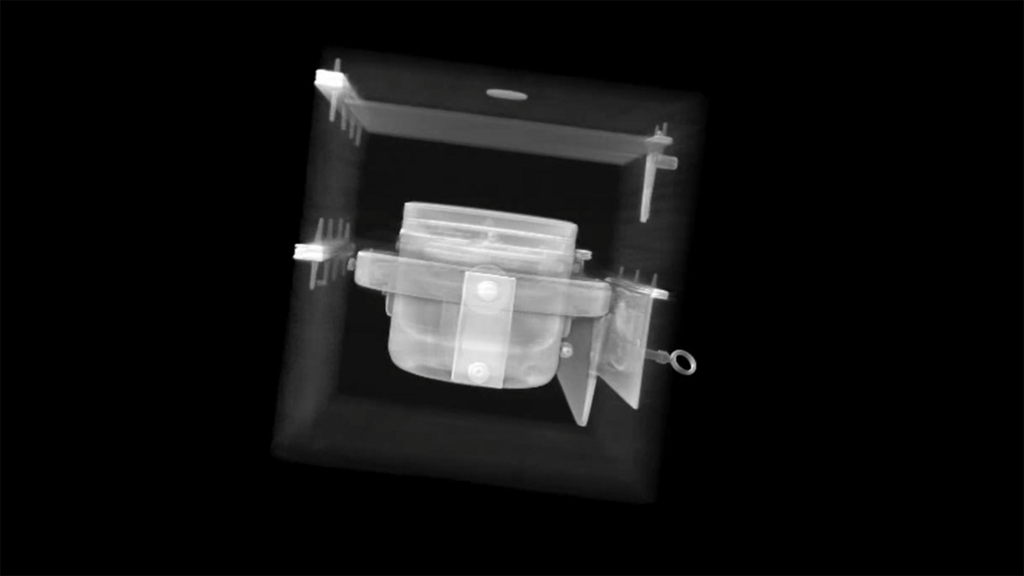
Digital copy of a chronometer. Scan: MAPEX / EZRT / DSM
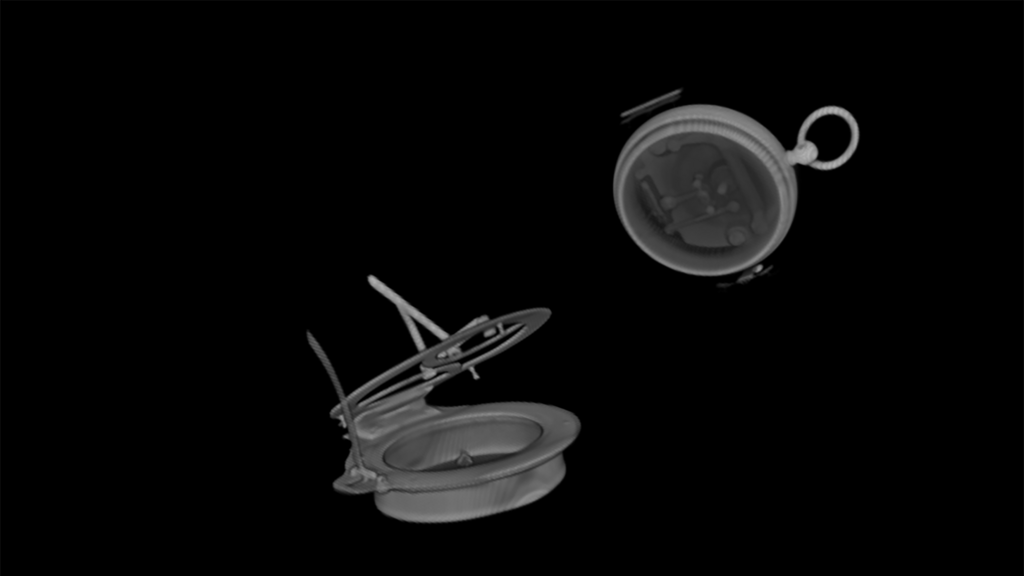
Digital copy of a barometer. Scan: MAPEX / EZRT / DSM
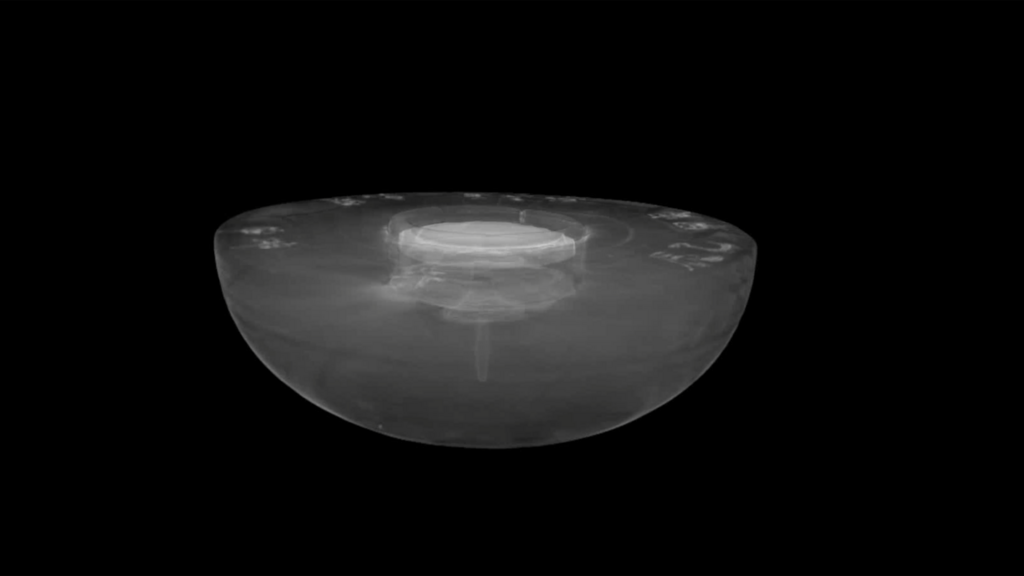
Digital copy of a Chinese compass. Scan: MAPEX / EZRT / DSM
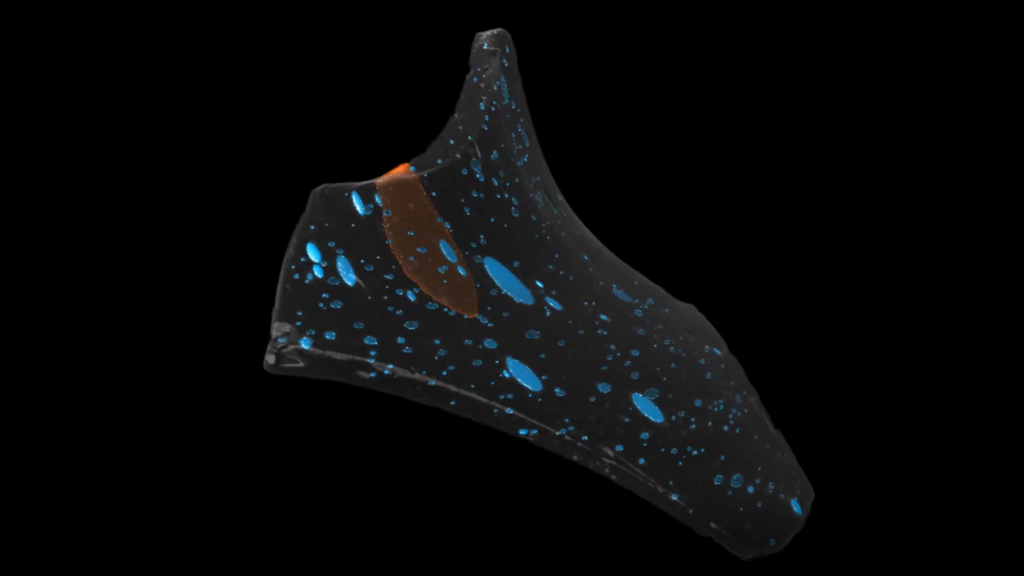
Digitized fragment of a bottle. Scan: MAPEX / EZRT / DSM
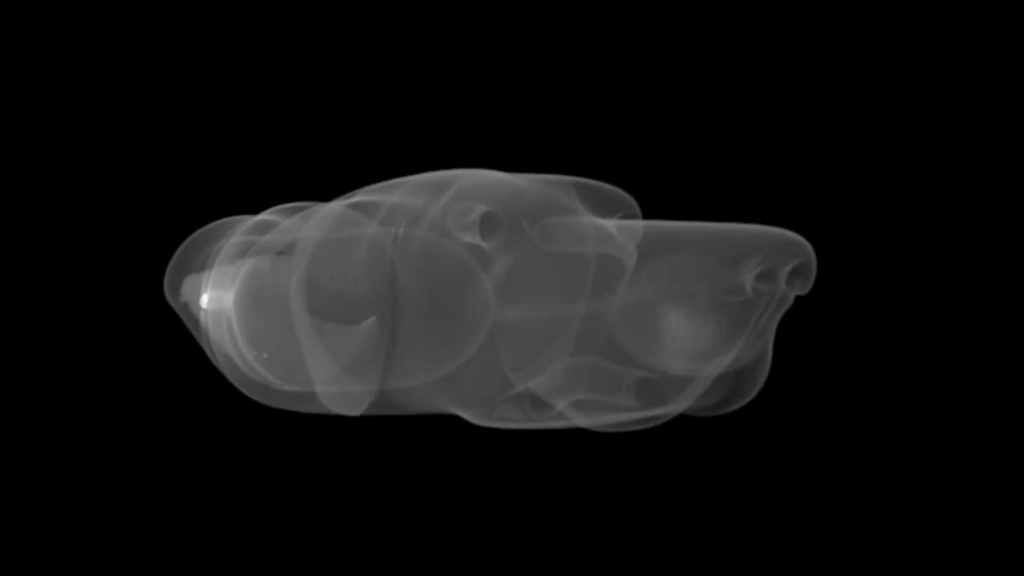
Digital copy of a pipe. Scan: MAPEX / EZRT / DSM
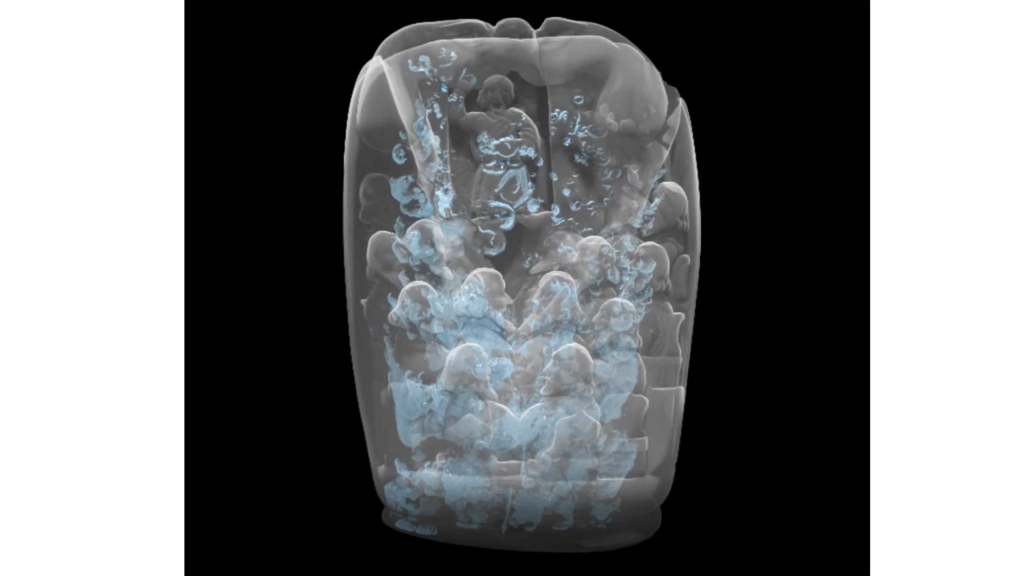
Digital copy of a pottwaltooth sculpture. Scan: MAPEX / EZRT / DSM

